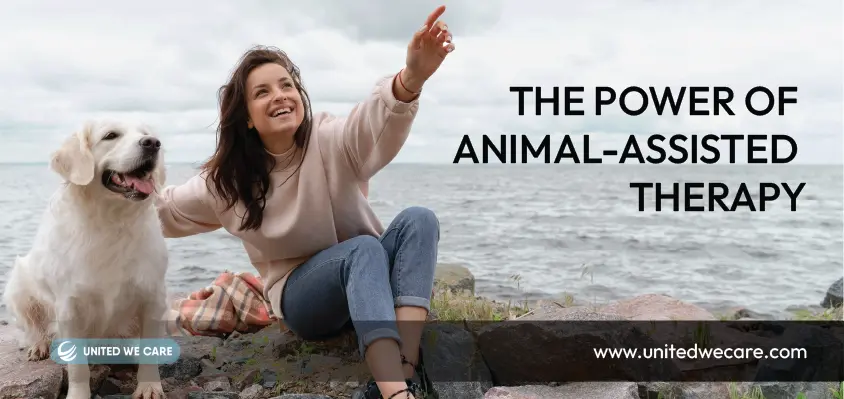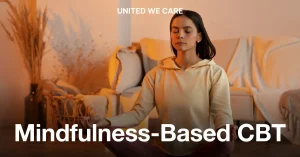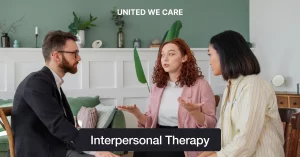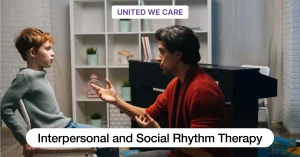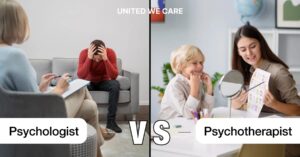Introduction
Don’t we all just love animals? These beautiful creatures who don’t really know how to talk can be amazing friends to us humans. I feel that just being around these animals for even a little while can bring you a lot of peace and calmness. For this very reason, ‘Animal-assisted therapy (AAT)’ came into existence. In this article, let me help you understand what AAT is all about, how it works, and what are the ways it can benefit you.
“Animals are such agreeable friends. They ask no questions; they pass no criticism.” -George Elliot [1]
What is Animal-Assisted Therapy?
We all know how important animals are in our lives. Some animals might scare us, but most of them are the cutest creatures ever! They make the whole atmosphere so joyful, comfortable, and calming. But could you imagine them to help us with our health concerns? Yes, it’s true. That is what ‘Animal-Assited Therapy’ is all about- using animals to support you with your emotional, mental, physical, and social issues. Now, you can be an adult, a child, or an elderly, AAT can be used for all of you [2].
For AAT, you can work with dogs, cats, horses, and dolphins. These animals are trained, and you can only work with them under the supervision of your therapist. Their ability to calm the environment with their presence is what helps therapists to dig deeper into your problems and for you to talk openly and clearly [3].
What are the Questions to Consider Before Seeking Animal-Assisted Therapy?
Before starting your AAT journey, here are a few questions you can ask your therapist [6]:
- You can begin by asking the therapist what your expectations and goals should be.
- Make your to know all your animal allergies and health concerns and be open to discussing them in detail.
- Then you also need to ask what your treatment plan would be.
- One of the most important questions is how you can select the right animals.
- Make sure to check and ask to see the training and certifications of your therapist as well as of the animals you will select.
- Most importantly, does the therapist follow ethical guidelines? If yes, then you are good to go.
When you ask these questions to your therapist, you will get a lot of clarity about AAT and your therapist. Then, you can make an informed decision without feeling like you are being forced into anything.
How does Animal-Assisted Therapy Work?
Did you know AAT works on a holistic approach? Let’s figure out how this therapy works in the following steps [4]:
Step 1: Assessment and Planning- You’ll have to start by identifying your needs and goals with your therapist because there needs to be a purpose for using AAT. You can share the challenges you’re facing.
Step 2: Selecting Animals- So your therapist can help you choose the right animals who can help you with your goals and challenges. You can select animals who are calm, friendly, and good with strangers. As I mentioned, you need to make sure that the animals you choose are well-trained and certified to help you complete your journey in therapy. They need to respond to your therapist as well as you.
Step 3: Therapy Sessions- Your therapist needs to make sure of safety and also plan the therapy sessions in such a way that you get a chance to work with the animals as well as answer their questions so that you can find the right solutions to your challenges. You can pet the animals, groom them, or play with them. According to your reactions, your therapist can make changes to your therapy journey.
Step 4: Being Regular- You need to be regular in your therapy. Please don’t judge yourself, your progress, or your therapist after one or two sessions. You can even ask your therapist to change the setting of the session- outdoors, indoors, or in your own environment.
Step 5: Progress Evaluation and Closure- You can discuss your progress with your therapist to know how far you have come from your challenges after a couple of sessions and how much closer you are to your goals. When you and your therapist feel that you have achieved what you wanted to, you can discuss shifting the focus to skills or strategies that you need to sustain the progress you have made.
Read more Top Meditation Techniques You Can Easily Learn
What are the Benefits of Animal-Assisted Therapy?
So far, I’m sure you’ve already understood some benefits of AAT, but let me still make you understand [5]:
- Emotional Well-being: When I look at dogs, cats, horses, or dolphins, I feel a sense of love that has no conditions whatsoever. So, when we use them for AAT, you will also be able to experience this love in a safe environment. In fact, they can support you emotionally as well. Maybe that’s what we all need, isn’t it?
- Stress Reduction: Did you know there are certain chemicals that our brain releases that help us become either too stressed or absolutely relaxed? When we work with an animal in AAT, our brain releases cortisol and oxytocin. So automatically, your stress and anxiety levels can start going down.
- Social Interaction and Communication: When you are around animals, you will be able to get the courage to talk to people and improve your communication skills. In fact, using animals in therapy can help you develop the right social skills. It is one of the best therapies for people with autism spectrum disorder.
- Physical Health: Because you are able to remain calm and less stressed after working with animals, you will also notice a change in your physical health also. You can see that your blood pressure starts lowering, you’ll have better heart health, and even your muscles can start opening up during any physical activity or exercise.
- Cognitive Functioning: Working with animals is an excellent way to improve your thought process also. You can see a change in your focus, your memory, as well as how you solve problems. Your mind will start functioning to help you rather than to drain you.
- Motivation and Engagement: Animals have great energy and power to help you keep coming back to your therapy sessions. So you’ll be able to get the right motivation to come back and engage in such a way that you work on your goals in the best way possible.
More information Meditation helps to calm Anger
Conclusion
Animal-assisted therapy (AAT) has been in existence since 1792. So, we know it works, correct? You can make use of it at any age or situation, specifically if you are dealing with stress, anxiety, or depression. Plus, you can make use of it to improve your social skills and communications skills also. At the end of your therapy journey, you might feel relaxed, calm, at peace, and filled with the love you actually needed. Go ahead with it. It’s helped so many people, it can help you as well.
For further information and personalized guidance on animal-assisted therapy, we encourage you to seek support from our team of experts and counselors at United We Care. Our dedicated wellness and mental health professionals are available to assist you in exploring the best methods for your well-being. Contact us today for comprehensive guidance and support.
References
[1] “Animal-Assisted Therapy; for the love of pets.,” Animal-Assisted Therapy; for the love of pets. – The “Grey” Area, Nov. 04, 2015. https://thegreyareasite.wordpress.com/2015/11/04/animal-assisted-therapy-for-the-love-of-pets/
[2] “Animal-assisted therapy: is it undervalued as an alternative treatment?,” Animal-assisted therapy: is it undervalued as an alternative treatment? https://www.medicalnewstoday.com/articles/278173
[3] M. A. Souter and M. D. Miller, “Do Animal-Assisted Activities Effectively Treat Depression? A Meta-Analysis,” Anthrozoös, vol. 20, no. 2, pp. 167–180, Jun. 2007, doi: 10.2752/175303707×207954.
[4] A. Beetz, K. Uvnäs-Moberg, H. Julius, and K. Kotrschal, “Psychosocial and Psychophysiological Effects of Human-Animal Interactions: The Possible Role of Oxytocin,” Frontiers in Psychology, vol. 3, 2012, doi: 10.3389/fpsyg.2012.00234.
[5] B. Berget, Ø. Ekeberg, and B. O. Braastad, “Animal-assisted therapy with farm animals for persons with psychiatric disorders: effects on self-efficacy, coping ability and quality of life, a randomized controlled trial,” Clinical Practice and Epidemiology in Mental Health, vol. 4, no. 1, p. 9, 2008, doi: 10.1186/1745-0179-4-9.
[6] H. Kamioka et al., “Effectiveness of animal-assisted therapy: A systematic review of randomized controlled trials,” Complementary Therapies in Medicine, vol. 22, no. 2, pp. 371–390, Apr. 2014, doi: 10.1016/j.ctim.2013.12.016.

